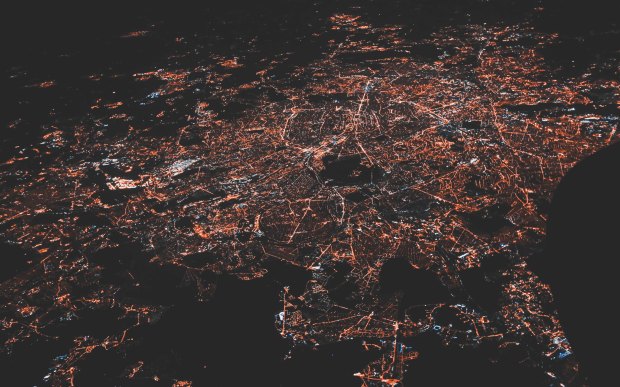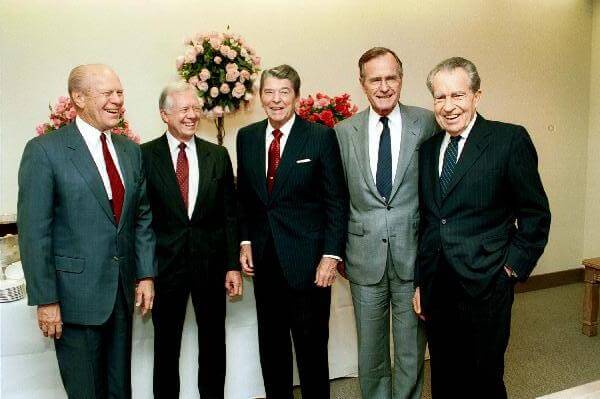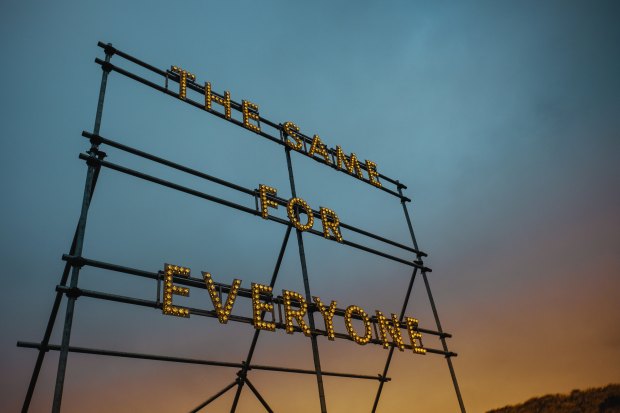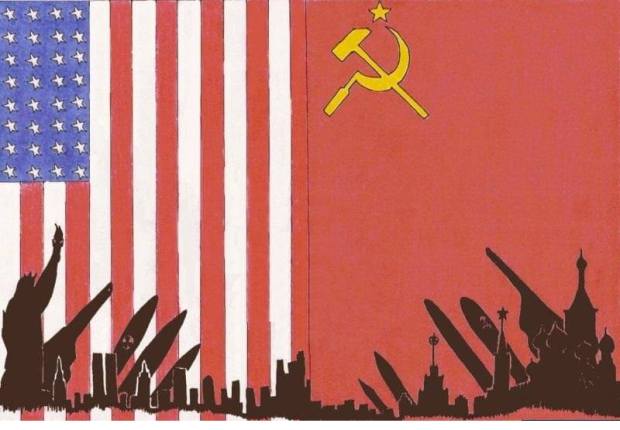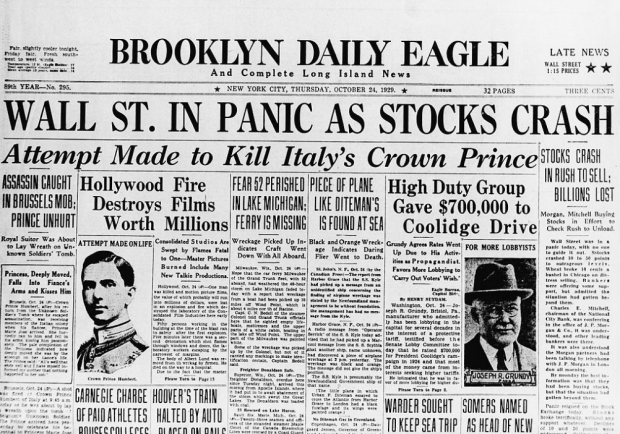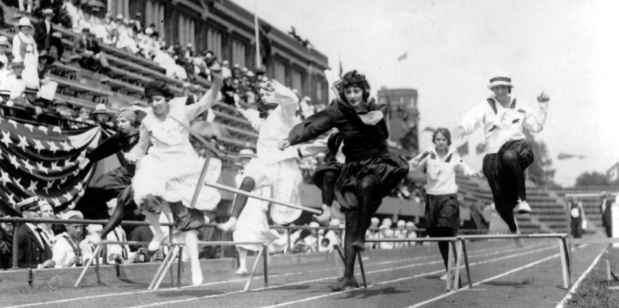
Booking under: Nicole
After months of discussions on the history of the United States, we have finally reached the last chapter of A Little History of the United States. In 309 pages, James West Davidson brought us back to 500 years ago and guided us to envision the historical occurrences and colonial figures vividly.
Freedom and equality are always two resounding American values that ingrain in people’s heart. And they are really not just applicable to Americans but to anybody in a civilized and lawful society. The government ought to hold themselves accountable and responsible to balance and protect freedom and equality in any vibrant democracies.
Reflecting on recent happenings in Hong Kong, I cannot turn a blind eye on the injustices that contradict our core values but to reluctantly hijack this post to express upon my patchy knowledge. Of course, there are always some references back to American history too….
To bring about change, you must not be afraid to take the first step. We will fail when we fail to try. – Rosa Parks
